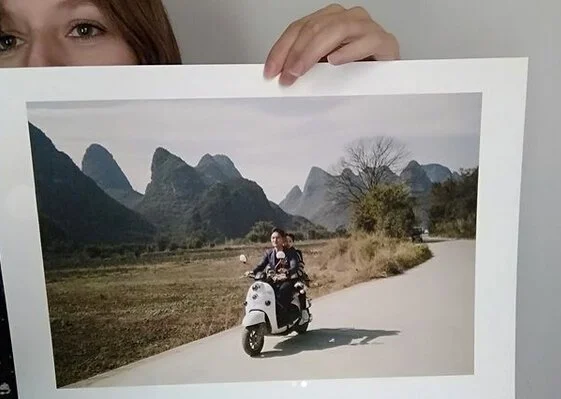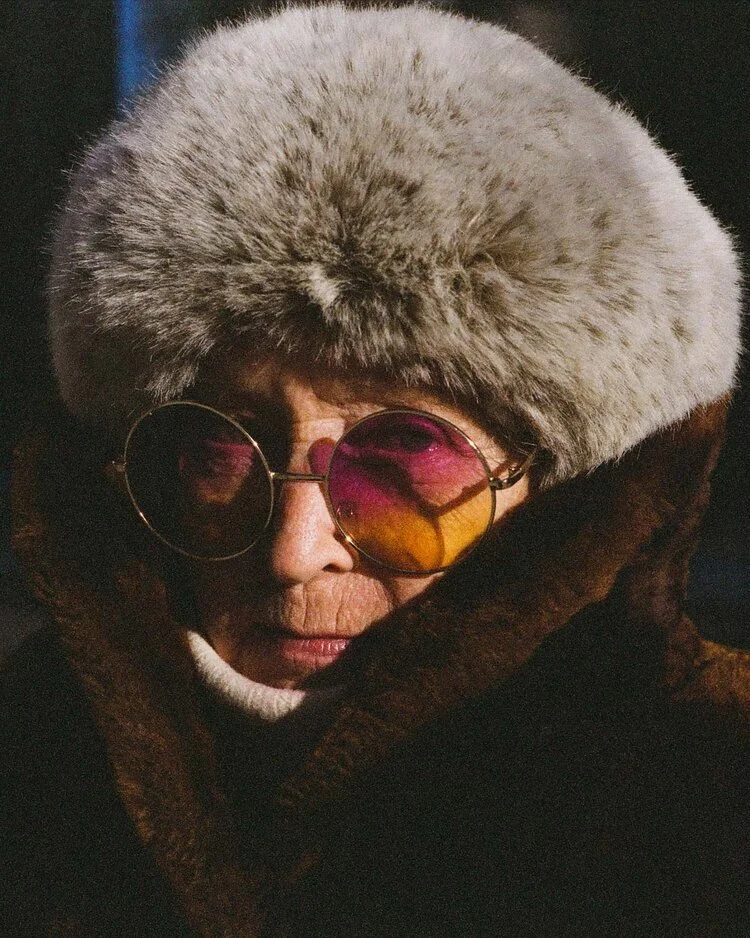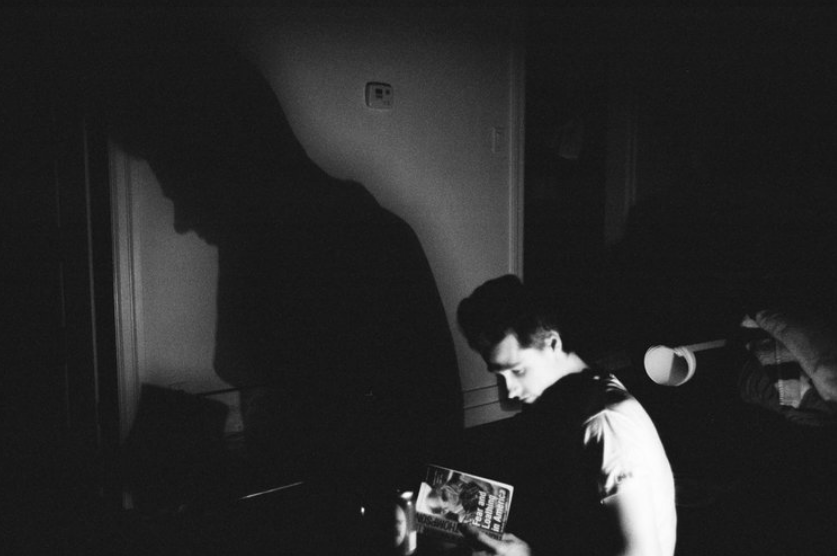Q+A : Shooting in Low Light
“I noticed that you take a lot of your pictures in low light, but still have good quality. Could you tell me how you achieve this?”
One thing I try to always have is one light source in a dark space, and adjust my exposure to the light.
I usually begin with having my aperture at the lowest F stop (F/1.4, F/2). That means the more light is allowed in, the higher your shutter can be, the less blurry your subject is.
For example in this photo, the room was pitch black, except for a floor lamp. Exposing it at F/2 @ 30th/sec, 400 ISO made the room appear brighter than it actually was. The subject was still so I knew I could go lower my shutter without the subject resulting in blur.
Sometimes I will shoot at a higher F stop if I want more of the image to be in focus. But again, as you can see, I made sure to have a light source (which is coming from the hallway). This photo was taken at F/5.6 (meaning less light was entering my lens compared to F/2 in the last photo) so I put my ISO higher (to about 6400ISO) There is grain detected in the image. You can see it in the white walls of the room. If you like to limit the appearance of grain in an image you can create an “S” curve in Photoshop or Lightroom in your “tone curve.” Then move the very bottom tip of the curve upward. It turns the blacks in your photo to a deep gray, and eliminates appearance of grain in the blacks of the photograph.
This photo was taken in a dark room with limited light. But her skin stood in contrast to the dark so I knew even though there wasn't a light source, her skin would give the photo enough contrast. This was taken at F/2 @ 8th/sec, 400 ISO. Again, the shutter was very low but she was very still so I took my chance with this. This was shot on film so I was stuck using 400ISO, otherwise if I was using digital, I would bump up my ISO to 1600 which would have allowed me to shoot at a faster shutter.
However, rules are also meant to be broken. I love grain and never try to rid of them in a photo. I love the perfectly imperfect. So don’t be afraid of blur or moving subjects in low light. It can allow room for experimentation. There was basically no light in the parking lot, except for some street lights in the distance. Getting a still photo as they walked would be impossible so I adjusted the style of the photograph to the setting I was working in. This was taken at F/2 @ 15th/sec at 800ISO. I did a “pan” motion with my camera, meaning I moved my camera along with the couple as they were walking which - although they are blurry - there exists enough definition to know what is happening in the photo.
What all of my lenses have in common is that they go as low as F/2. The lower the number in your aperture, the bigger the hole in the lens, the more light allowed in, the faster you can shoot.
So, in conclusion:
Have lenses with a low F stop capability
Adjust your ISO. The higher the number, the more grain, the more light being fed into your camera. [ISO is the light sensitivity of the imaging sensor. When you change the ISO on a digital camera, you’re rendering the sensor more or less sensitive to light. For film, you are essentially stuck with whatever film speed you loaded into your camera, until you finish that particular roll. Read more about ISO here.]
Have a light source
Break rules
It can be confusing to see how aperture, shutter and ISO work together so my best piece of advice is to go shoot. Experience is the best teacher.
Dzesika
More in Q+A:









